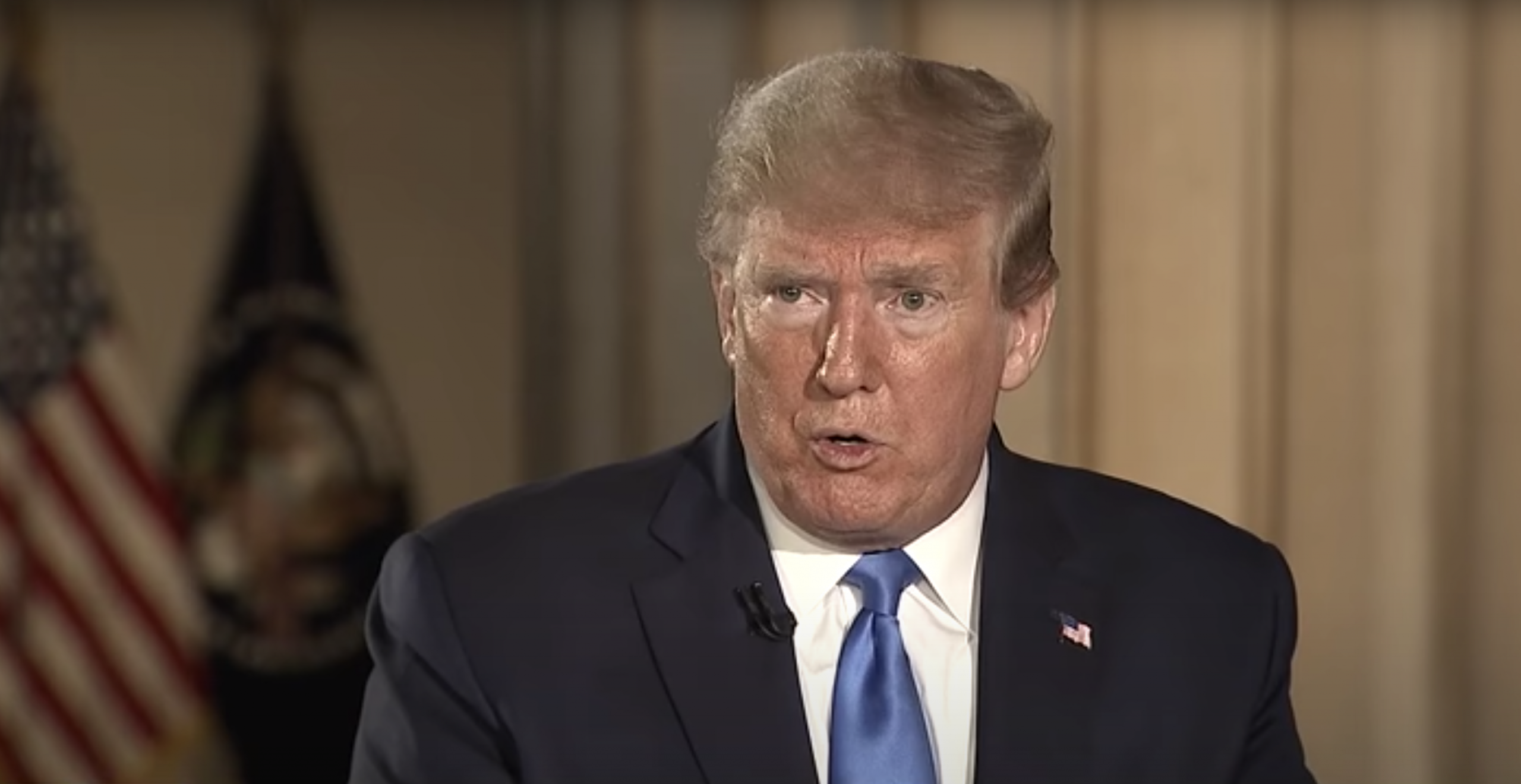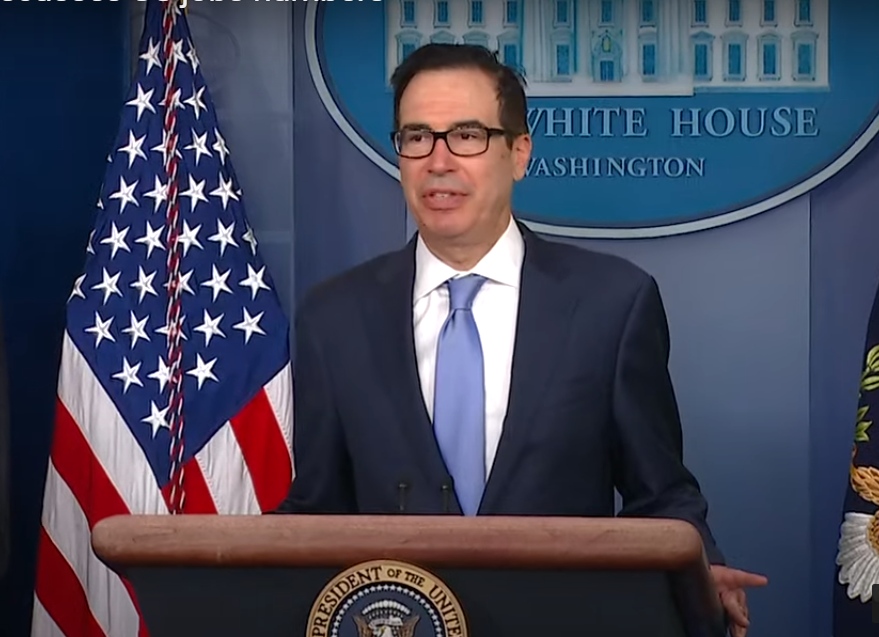“We’re talking about $3 trillion, not just $1 trillion, it could even go to $6 trillion,” said President Trump yesterday regarding the stimulus update during an interview with Fox News’ reporters in his first Town Hall since the coronavirus pandemic, which “came from China, and could’ve been stopped there but wasn’t”, swept across the country. During the meeting there were several representative questions regarding the next stimulus and we outlined them below.
Is the Next Stimulus Coming or Not?
Answering a question from a single mom who lost her job in March, whether there is more help coming, Trump answered, “Number one, there is more help coming. We have no choice, because incredible people like this — it’s not your fault, remember it’s not your fault — there is more help coming. It has to be and we want to get to the point when we open, we’re not going to lose businesses and more importantly jobs. It’s the cases like this why we have to do more, and we’re going to do more. So the answer is yes, we’re going to do more, and you’re going to get your job, you’re going to get another job or you’re going to get a better job – a job where you get more money.”
Q3 for America’s Economy
A transition for opening America in the third quarter is a part of the federal government’s plan to “gradually and safely” return to normalcy. Certainly being able to get back to work and not having to rely on handouts is on most people’s minds. Ultimately, no matter how much of a badly-needed stimulus payment we might receive right now and/or for the next few months, it’s not going to substitute the regularly arriving paychecks and the sense of financial security that comes from having a job.
“There are people who are scared of being locked in their room and losing their job and not having any income. These are workers, these are people who want to get back to work and make a living, and they are afraid their jobs aren’t going to be there. At a certain point if you keep it [the lockdown] going for too long that’s going to happen.”
Trump elaborated on current antivirus development efforts and progress by saying he believes we might have the vaccine by the end of the year. “The best thing we can do is to get rid of the virus because then everything else comes back together.”
Currently, at the foundation of the government’s effort to combat the virus and its devastating economic fall out, are:
- Working on the vaccine development, building up its manufacturing and distribution logistics.
- Doubling up the number of tests performed across America — America currently performs more tests than all other countries combined.
- Following healthcare protocols put in place by CDC when opening some businesses to insure there will be no second wave of the virus.
Raising Taxes on Other Countries to Reduce the Deficit in the Wake of the COVID-19 Relief Packages
Sending out $1200 stimulus checks to 150 million Americans, distributing forgivable business loans, and more, made a dent in the country’s budget. Answering a question about how the president plans to reduce or get rid of the deficit caused by the necessity of COVID-19 relief packages, Trump replied, “We have billions of dollars right now coming in from other countries. We have money coming in, people are paying for military protection, paying for other things. As you know I’m putting taxes on other countries, where they’ve taken advantage of us, especially China. China never gave 10 cents to our country. They ripped us off for many, many years. We made an incredible trade deal, we have tens of billions of dollars pouring in.” He gave another example of Japan that’s now paying America $40 billion a year which they didn’t do before. “They were selling us cars. We wouldn’t do anything to tax them but we couldn’t sell our cars to them.”
Payroll Tax Cut
Trump emphasized again that he wants to see payroll tax cuts on both worker’s and employer’s sides. “I told Steve just today, we’re not doing anything unless we get a payroll tax cut,” Trump said, referring to Treasury Secretary Steve Mnuchin. “That is so important to the success of our country.”
Payroll taxes are deducted directly from the worker’s earnings and paid to the IRS by the employer. In the United States, payroll taxes are 15.3% with 7.65% paid by the employee and 7.65% paid by the employer. Self-employed individuals pay self-employment taxes, which serve a similar function to payroll tax, but they have to pay the entire 15.3% themselves, since they have no employer.
Most economists agree on the obvious benefits of payroll tax cuts:
- It doesn’t require a big distribution or a special infrastructure set up
- It puts money directly into the workers hands. Just a 2% payroll tax reduction puts an extra $2,435 in a wallet of a household making below $130K a year, according to a recent Wharton School of Business study.
- It’s an incentive for people to come back to work
- It’s an additional motivation for employers to hire. Payroll tax cuts also provide employers much needed short-term liquidity by lowering their tax liability.
However, opponents of payroll tax cuts say that if the money is not withheld from every worker’s wage, Social Security and Medicare Payroll will suffer. Payroll taxes produced $914 billion in tax revenue for Social Security, $278 billion for Medicare and $41 billion for unemployment insurance during the fiscal year 2019.
$2,000 Monthly to Americans Update
On a side note, the bill to provide $2,000 every month to Americans within a certain age and income bracket has gained 10 new co-sponsors. Under the Emergency Money for the People Act, monthly cash assistance payments would be guaranteed for at least six months and would renew for another six months unless the employment-to-population ratio for people ages 16 and older returns to the pre-covid crisis employment level of 60%. These payments would not count as income in order to protect eligibility for any of the income-based state or federal government assistance programs.
The bill is still in its preliminary stages. No Senators have publicly weighed in on it, perhaps because there hasn’t been any Congressional Budget Office estimate of the bill’s cost yet.
For more details, check out Will there be a SECOND Stimulus Check? – CARES Act 2









